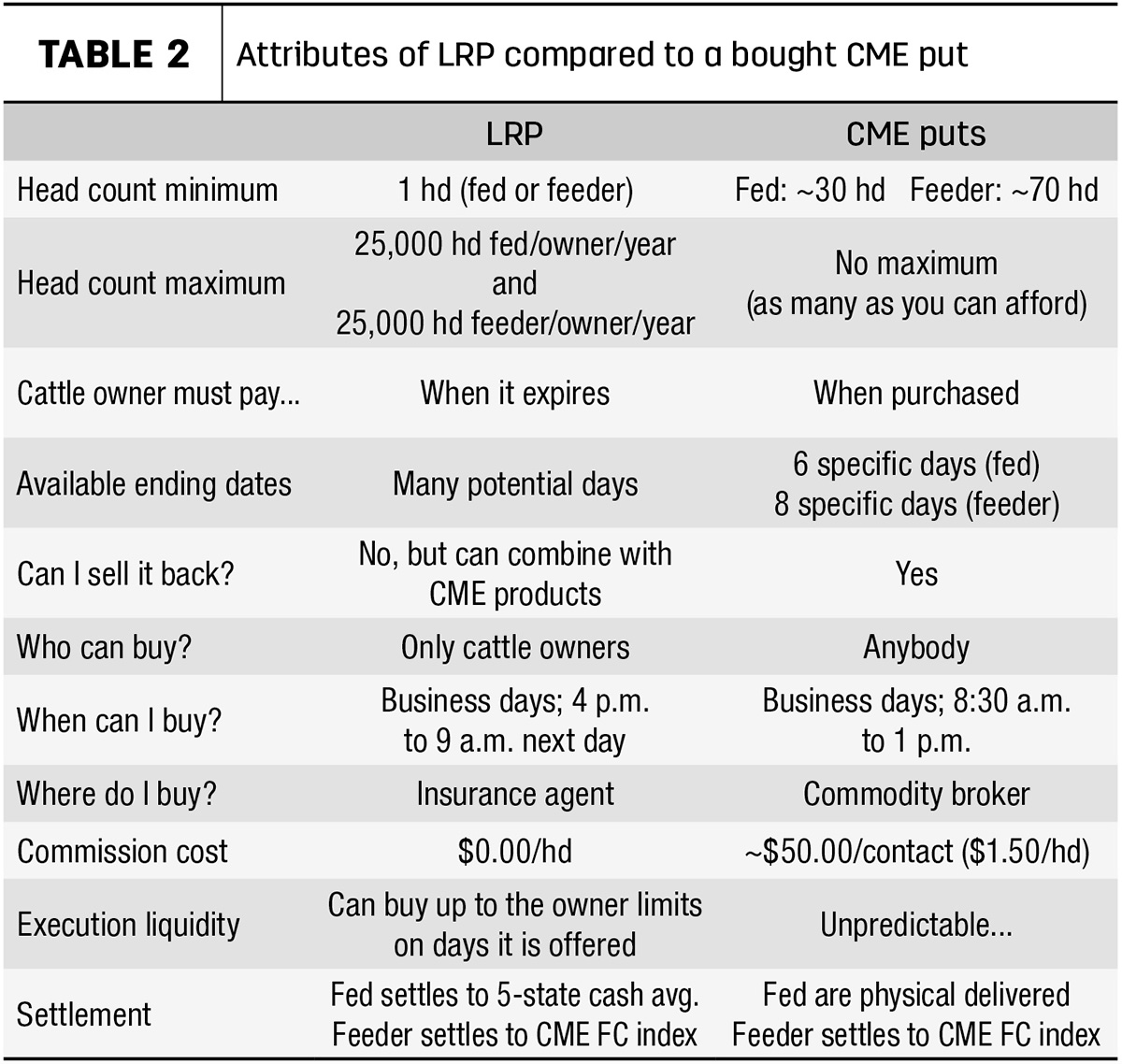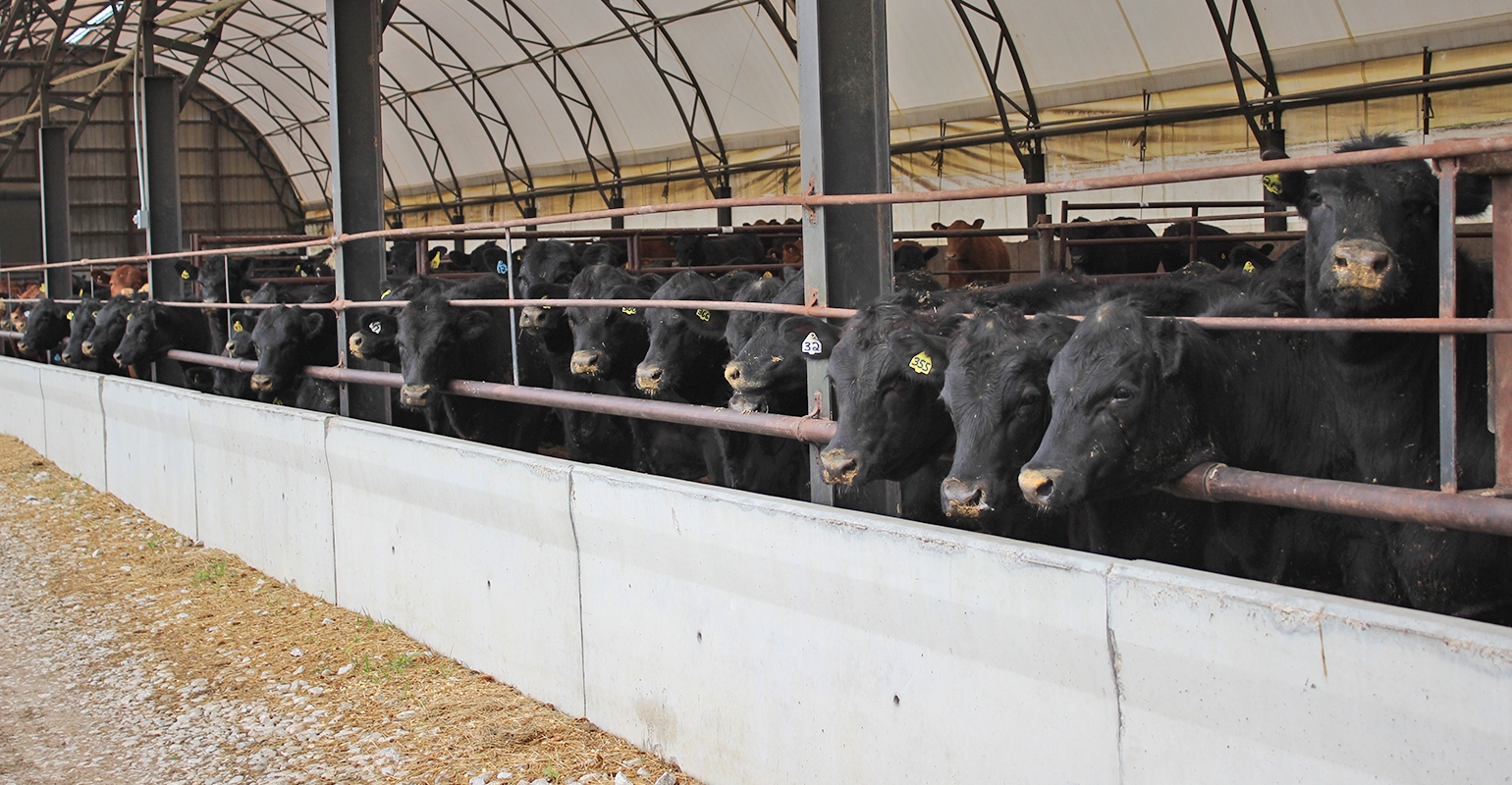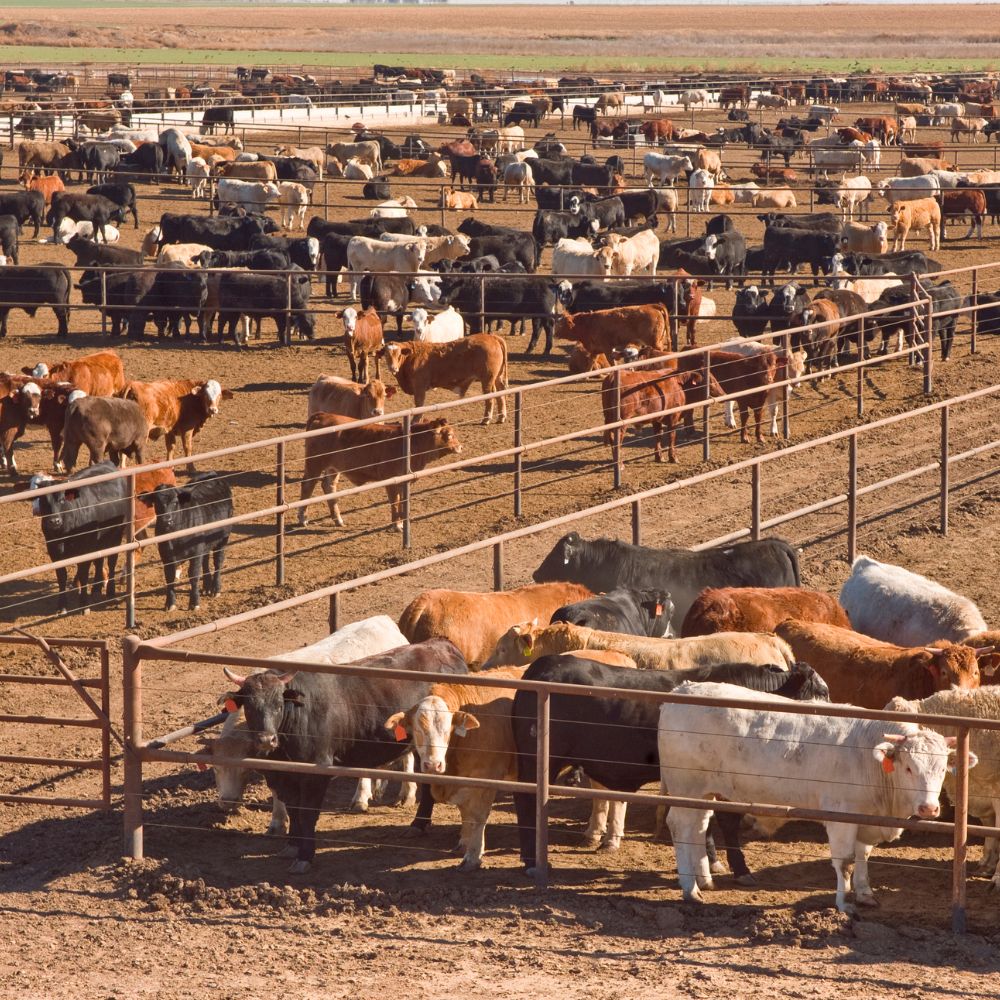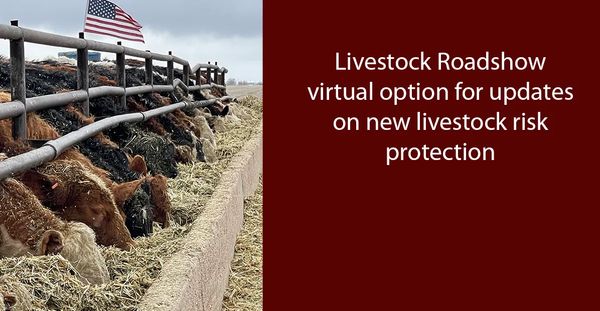Elevate Your Proficiency with Bagley Risk Management
Elevate Your Proficiency with Bagley Risk Management
Blog Article
Recognizing Animals Threat Defense (LRP) Insurance Coverage: A Comprehensive Guide
Browsing the realm of livestock risk defense (LRP) insurance coverage can be a complicated venture for many in the agricultural industry. From exactly how LRP insurance policy operates to the numerous coverage options offered, there is much to discover in this detailed overview that can possibly form the method animals producers approach risk administration in their organizations.

How LRP Insurance Functions
Periodically, recognizing the auto mechanics of Livestock Risk Security (LRP) insurance policy can be complex, but breaking down exactly how it works can supply quality for farmers and ranchers. LRP insurance coverage is a danger administration device created to shield animals manufacturers versus unanticipated rate decreases. It's crucial to keep in mind that LRP insurance policy is not a revenue guarantee; instead, it focuses solely on price risk protection.
Eligibility and Coverage Options

When it pertains to coverage choices, LRP insurance supplies producers the adaptability to choose the protection degree, coverage period, and endorsements that ideal suit their risk administration demands. Coverage levels normally vary from 70% to 100% of the anticipated ending value of the insured livestock. Producers can likewise pick coverage durations that align with their production cycle, whether they are guaranteeing feeder cattle, fed cattle, swine, or lamb. Endorsements such as cost danger defense can further customize protection to shield versus damaging market variations. By understanding the eligibility criteria and protection choices available, livestock producers can make informed decisions to manage risk efficiently.
Pros and Disadvantages of LRP Insurance
When examining Animals Threat Defense (LRP) insurance, it is important for livestock producers to evaluate the benefits and negative aspects inherent in this threat administration tool.

Among the main benefits of LRP insurance is its capability to give protection versus a decrease in animals prices. This can assist guard producers from monetary losses arising from market fluctuations. Furthermore, LRP insurance coverage supplies a level of versatility, enabling manufacturers to tailor coverage levels and policy durations to fit their details demands. By locking in an ensured cost for their animals, manufacturers can much better take care of threat and prepare for the future.
One restriction of LRP insurance is that it does not shield versus all types of risks, such link as disease break outs or natural catastrophes. It is critical for producers to thoroughly analyze their private risk direct exposure and financial scenario to identify if LRP insurance is the appropriate risk monitoring tool for their procedure.
Comprehending LRP Insurance Policy Premiums

Tips for Optimizing LRP Benefits
Optimizing the advantages of Animals Risk Security (LRP) insurance coverage calls for strategic planning and proactive risk monitoring - Bagley Risk Management. To take advantage of your LRP coverage, consider the following suggestions:
Regularly Assess Market Conditions: Stay notified regarding market patterns and cost changes in the animals sector. By monitoring these factors, you can make educated decisions regarding when to buy LRP protection to secure versus prospective losses.
Set Realistic Coverage Degrees: When selecting coverage levels, consider your manufacturing costs, market value of livestock, and potential risks - Bagley Risk Management. Establishing realistic insurance coverage degrees makes certain that you are effectively shielded without paying too much for unneeded insurance coverage
Expand Your Protection: Rather than depending entirely on LRP insurance coverage, consider diversifying your danger administration methods. Integrating LRP with other danger administration tools such Clicking Here as futures contracts or choices can offer extensive protection against market uncertainties.
Review and Readjust Protection On a regular basis: As market conditions transform, regularly evaluate your LRP insurance coverage to ensure it aligns with your existing danger exposure. Readjusting protection levels and timing of acquisitions can assist enhance your danger protection approach. By following these tips, you can optimize the benefits of LRP insurance policy and protect your animals operation versus unforeseen dangers.
Conclusion
Finally, livestock danger protection (LRP) insurance coverage is a beneficial tool for farmers to take care of the monetary risks linked with their livestock operations. By recognizing how LRP works, qualification and coverage options, in addition to the advantages and disadvantages of this insurance, farmers can make enlightened choices to protect their source of incomes. By meticulously thinking about LRP costs and applying strategies to optimize advantages, farmers can reduce prospective losses and make sure the sustainability of their procedures.
Animals producers interested in acquiring Livestock Threat Defense (LRP) insurance can check out an array of qualification criteria and protection choices customized to their specific animals procedures.When it comes to protection options, LRP insurance coverage supplies manufacturers the versatility to choose the coverage level, coverage duration, and recommendations that finest fit their danger management needs.To understand the ins and outs of Animals Danger Security (LRP) insurance coverage totally, recognizing the variables affecting LRP insurance coverage premiums is critical. LRP insurance policy costs are figured out by different elements, including the insurance coverage degree selected, the expected rate of livestock at the end of the protection period, the type of livestock being insured, and the size of the insurance coverage period.Review and Readjust Protection On a regular basis: As market conditions change, occasionally examine your LRP coverage to guarantee it lines up with your current risk direct exposure.
Report this page